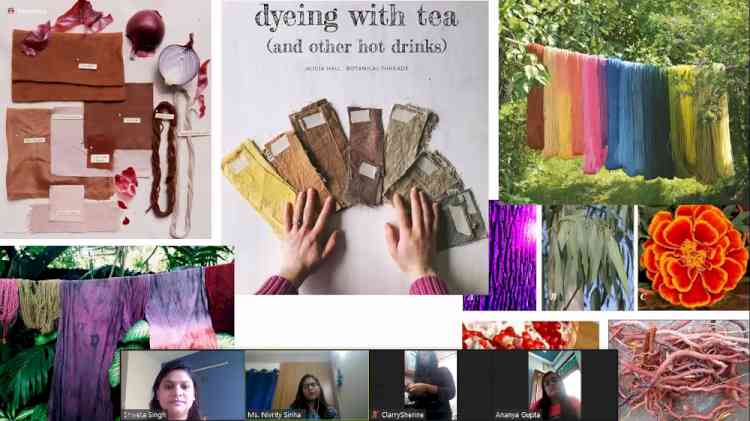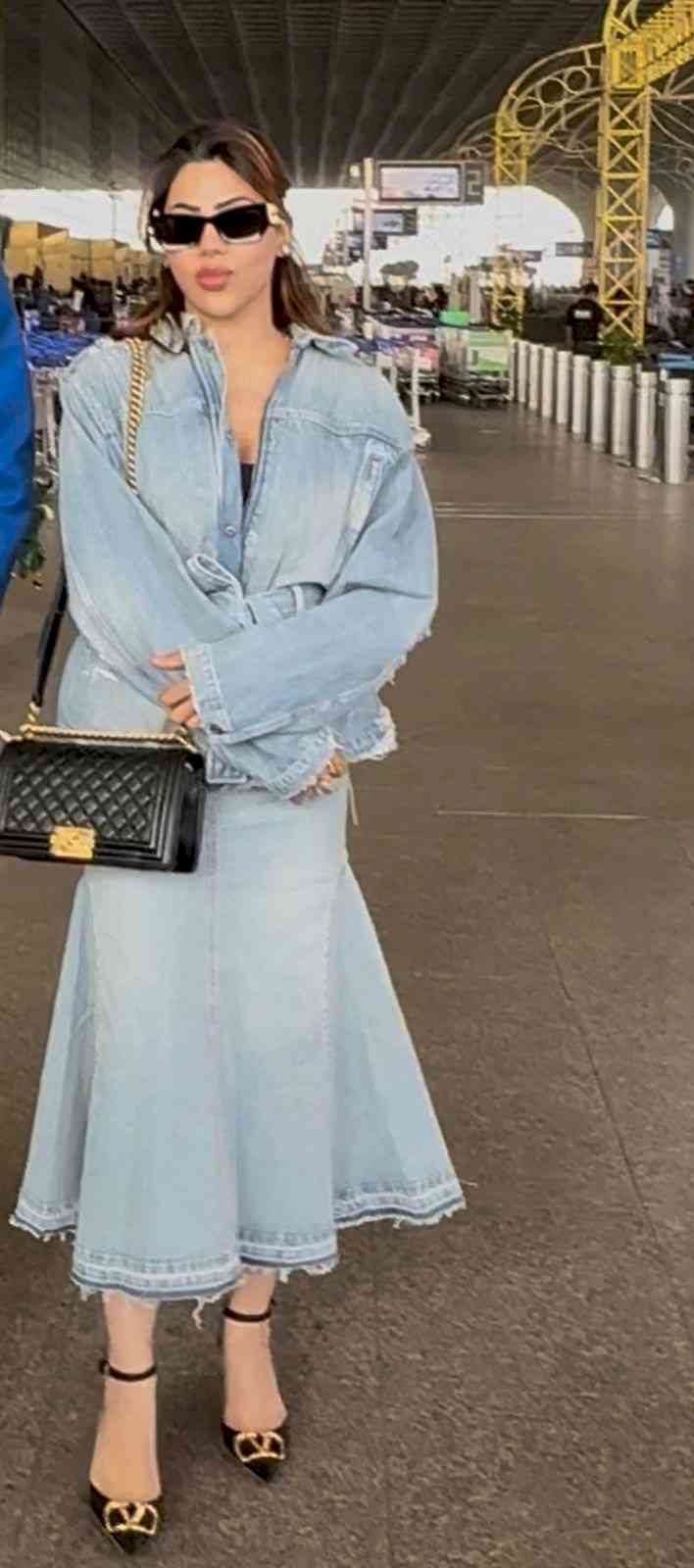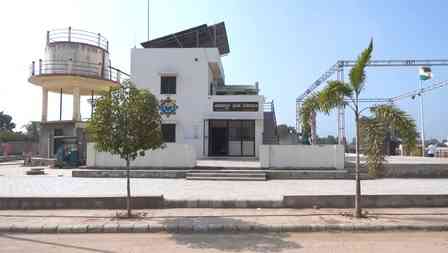Students at Vogue Institute of Art and Design create natural dyes from waste this World Environment Day
Institute conducts virtual workshop for students to learn how to create natural dyes for garments from waste generated at home

Bengaluru: This World Environment Day, Vogue Institute of Art and Design conducted an online workshop for students to learn the skill of creating natural dyes using food and floral waste ingredients. The workshop was conducted with an aim to encourage students to use natural, non-toxic, biodegradable dyes, promote circular fashion and recycle waste. The platform provided an eco-system for students to think like future change agents and eco-warriors.
Students made natural dyes using beetroot scrapes, onion skin, coffee, rose, red cabbage and carrot left overs. Students were informed to keep all the necessary ingredients ready in advance for the practical workshop to be conducted smoothly. The workshop began with faculty members sharing inputs about ways to use sustainable natural materials in different forms. Students were shown the techniques to prepare natural dyes and fabric before the fabric dying process began. Key hacks to make the natural dyeing process more effective and appealing were also shared. After learning the techniques, students experimented with the food waste at home and came up with their own versions of naturally dyed fabric samples. Through this workshop, students gained the skill and confidence to create collections with limited materials available at home.
Nivrity Sinha, Assistant Professor, Vogue Institute of Art and Design stated, “The workshop on natural dyeing processes was conducted this World Environment Day as a mark to revive the application of natural dyeing and encourage the fashion students to conduct environment friendly processes. Natural dyes are multifunction as it can be used for fabric coloration, a food colour agent when dried and ground to a power form and also could be used as a hair colourant. This step paves the way for circular fashion at home and promotes recycling of waste.”


 cityairnews
cityairnews 









